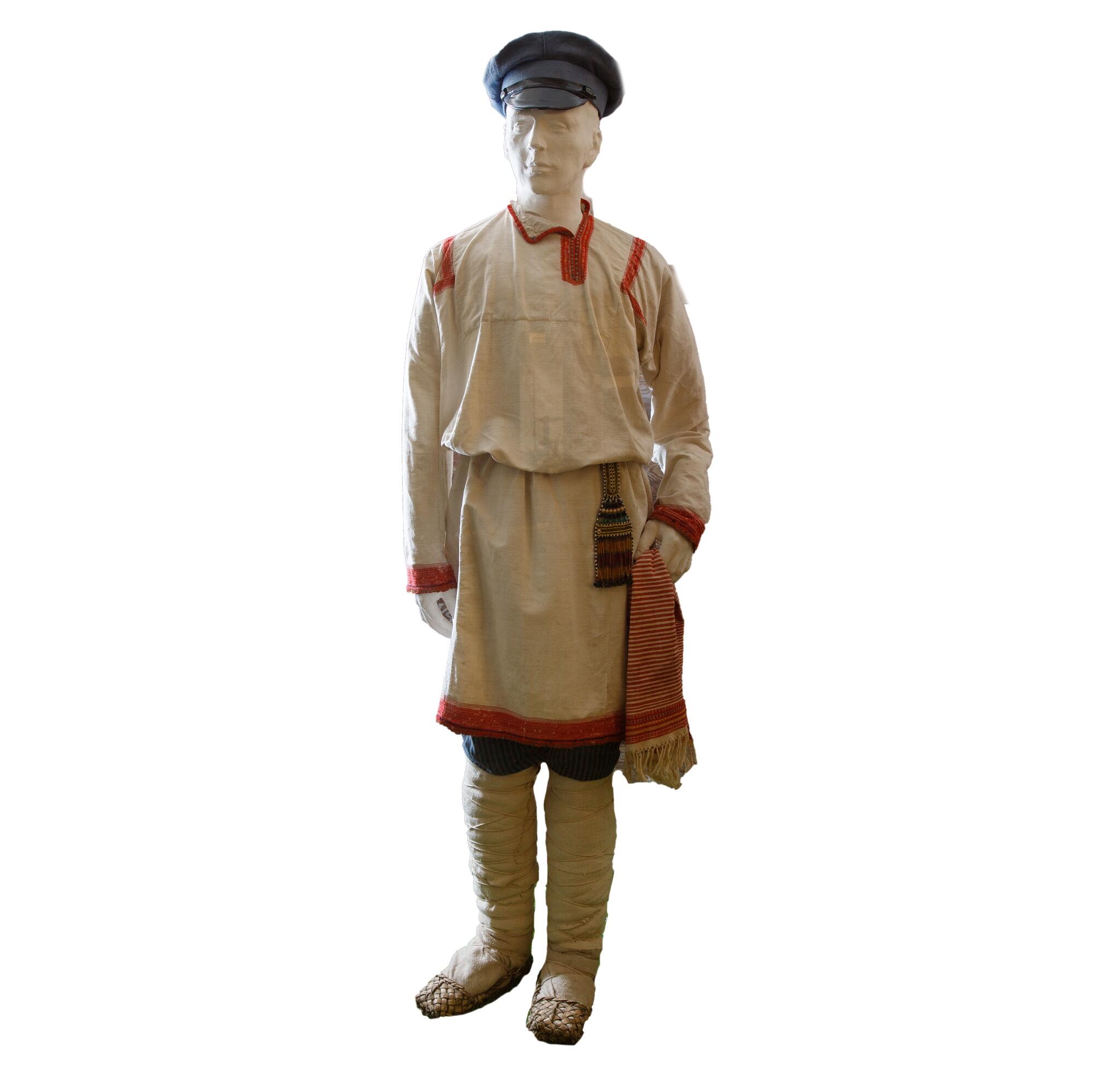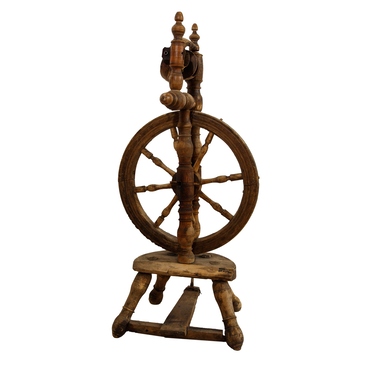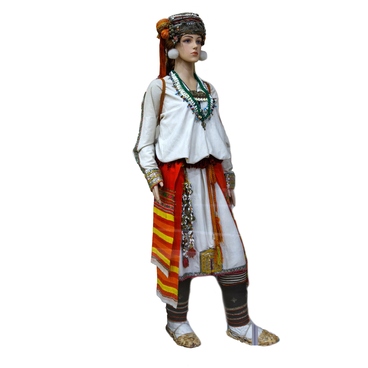Both the Erzya and Moksha wedding ceremonies were characterized by great complexity and diversity. The marriage was traditionally the business of parents and relatives. When choosing a bride, the main attention was paid to the property status of her family, as well as the diligence and health of the girl.
The wedding cycle began with a matchmaking ceremony, “ladyama” in the Moksha language and “ladyamo” in the Erzya language. During this time, families agreed on the celebration itself and how the families would cover the expenses. They also discussed the bride’s dowry: clothing, household items and livestock her parents were to collect for her.
The main events of the wedding traditionally took place at the groom’s home. On the morning of the wedding day, the groom’s relatives baked wedding pies in the home of his parents: from five to nine pies. Each of them had its own name and purpose. The largest and most important — “luksh” in Mokshan, or “luvon kshi” in Erzyan — consisted of 12 layers of filling: cottage cheese, porridge and eggs. The pie crust was decorated with figures of birds and a pine branch, a symbol of the world tree.
The “wedding train” (procession) left the groom’s house to collect the bride, and the number of the participants was to be odd. The leading role in the wedding train was played by a matchmaker, “kudava”. She was not supposed be a girl, a pregnant woman, or a widow. The second most important person was “uredev”, the groom’s friend. His duty was to protect the groom and all the guests from bewitchment and to supervise the meal.
When the “train” arrived at the bride’s house, the doors to the house were closed and the “redemption of the bride” began. After that, the bride’s parents blessed the young couple, and the wedding train took them to the church for the wedding service. Then everyone went to the groom’s house, where the couple were welcomed with bread and salt and sprinkled with hops. The wedding feast began. The celebration lasted for three days.
In a traditional Mordovian wedding the groom himself did not play an active role. In the bride’s house he did only what he was told to do by the matchmaker and uredev. Sometimes he did not even follow the bride. The first meeting and acquaintance of the young couple often took place right in the church during the wedding itself.
The wedding cycle began with a matchmaking ceremony, “ladyama” in the Moksha language and “ladyamo” in the Erzya language. During this time, families agreed on the celebration itself and how the families would cover the expenses. They also discussed the bride’s dowry: clothing, household items and livestock her parents were to collect for her.
The main events of the wedding traditionally took place at the groom’s home. On the morning of the wedding day, the groom’s relatives baked wedding pies in the home of his parents: from five to nine pies. Each of them had its own name and purpose. The largest and most important — “luksh” in Mokshan, or “luvon kshi” in Erzyan — consisted of 12 layers of filling: cottage cheese, porridge and eggs. The pie crust was decorated with figures of birds and a pine branch, a symbol of the world tree.
The “wedding train” (procession) left the groom’s house to collect the bride, and the number of the participants was to be odd. The leading role in the wedding train was played by a matchmaker, “kudava”. She was not supposed be a girl, a pregnant woman, or a widow. The second most important person was “uredev”, the groom’s friend. His duty was to protect the groom and all the guests from bewitchment and to supervise the meal.
When the “train” arrived at the bride’s house, the doors to the house were closed and the “redemption of the bride” began. After that, the bride’s parents blessed the young couple, and the wedding train took them to the church for the wedding service. Then everyone went to the groom’s house, where the couple were welcomed with bread and salt and sprinkled with hops. The wedding feast began. The celebration lasted for three days.
In a traditional Mordovian wedding the groom himself did not play an active role. In the bride’s house he did only what he was told to do by the matchmaker and uredev. Sometimes he did not even follow the bride. The first meeting and acquaintance of the young couple often took place right in the church during the wedding itself.



